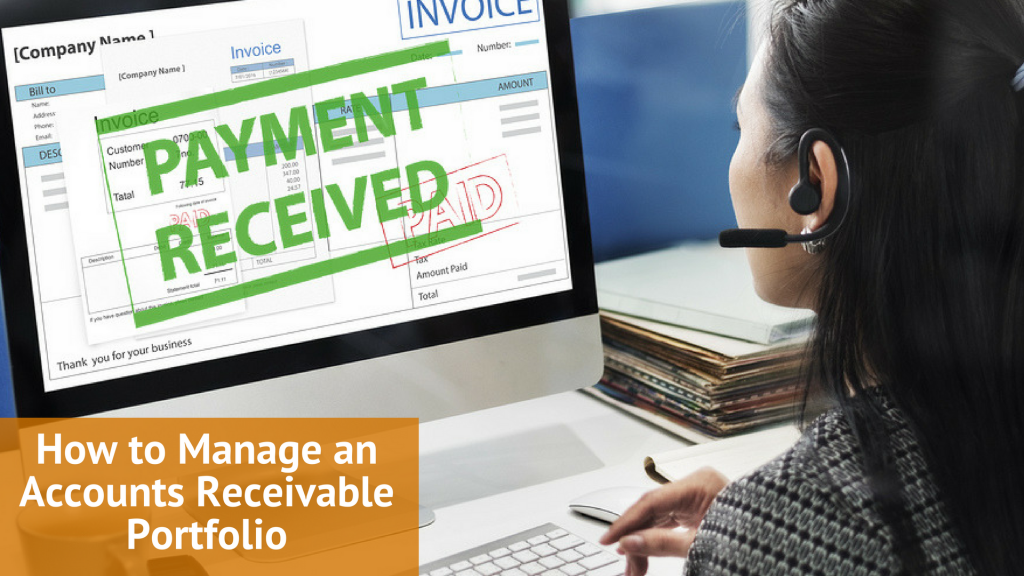
Hi, my name is Adam Stewart, Debt Collection Expert and owner of ADC Legal Litigation Lawyers.
Before you outsource to a debt collector, it helps to minimise your accounts receivables as much as possible. This is where you need to have a clear strategy for managing accounts receivables. Finance staff may struggle to keep money flowing in while satisfying competing management objectives to minimize bad debt loss and maximize sales.
In the old collections world, collectors and internal finance officers often based decisions on their own experience and intuition, rather than using systems, technology and processes. However, this will not get you very far in today’s world.
So here are my 6 big tips to manage your internal accounts receivables portfolio before you send it to a debt collection agency:
1. Learn the difference between desirable and undesirable accounts
Portfolio analysis can reveal valuable information about customers. By giving your sales department information concerning your top and bottom accounts they can target their efforts towards prospects with the lowest potential risk and best potential for long-term customer relationships and profits. The key is being able to create a rank ordering of your accounts based on risk or any other relevant factor.
2. Use key metrics to track results
There are many metrics to evaluate: actual DSO vs. best possible DSO; receivables aging; the risk profile of the receivables asset; the number of collection contacts; and promises to pay secured, or dispute resolution performance, among others. These metrics measure levels of activity as well as results for asset turnover, risk and asset quality.
3. Identify under performing accounts
Learn to say no to those bad customers that never pay on time and are high maintenance. Use the 80/20 principle. Find out who are the top performing customers and decline or tighten credit to those customers that are not performing.
4. Provide collection incentives to your staff
Accounts receivable is one of the easiest activities to measure and tie to compensation, aside from sales. For example, bonuses might be provided for achieving actual collections versus a target set to improve or maintain DSO for the quarter, with payouts starting at 90 percent achievement and increasing for those who meet their objectives. Set individual as well as group bonuses.
5. Use technology to automate repetitive functions
Successful users of new technology are industry-leading performers in receivables management. Employing technology consistent with the receivables strategy can improve efficiency, save staff time and minimize mistakes. Many functions can be automated, including invoicing and follow up emails, payment methods and systems that handle instalments and long tail collections.
Invest in a good receivables management application to suit your company. We use a combination of Xero and Debtcol and that works well for us.
6. Communication and enforcement
As the credit manager, you need to make sure your whole company is aware and on-board with your credit policy, also ensure your terms are strictly enforced, both internally, with your accounts department and externally, with the customers. This commitment by everyone in the company means debt collection is treated with the importance it deserves. A few customer complaints should not allow the commitment to be compromised. The biggest barrier to improve receivables for companies in any industry is the belief that effectiveness in receivables management can be achieved only by alienating customers. This is frequently not the case. In fact, customer service is often improved when the company makes a commitment to excellence in this area.
Summary
Managing your accounts receivable portfolio is crucial to make a profit. I believe a company’s competitive edge these days, is utilizing all the analysis and reporting tools that come with accounts receivable software systems. The different drill-down options allow for nearly unlimited ways of viewing your accounts. Having the right systems and processes in place will certainly add to the bottom line. If all else fails, outsource quickly to a debt collection expert or legal agent.
ADC Legal Litigation Lawyers is a legal practice specialising in commercial advice and litigation, debt recovery and insurance claims recovery disputes. For more information, email us at email@adclegal.com.au or call 1300 799 820. Talk to us about your litigation or dispute concerns via Skype at adclegal.
